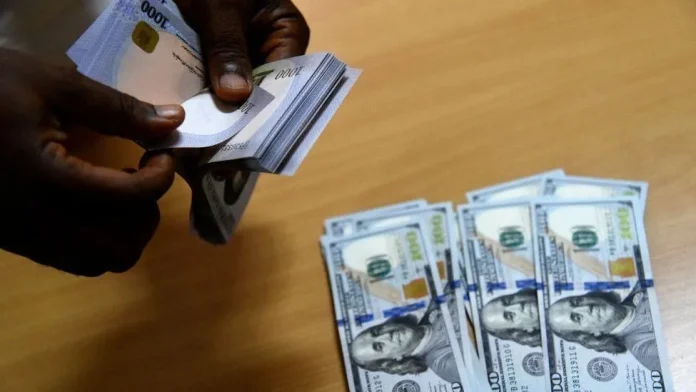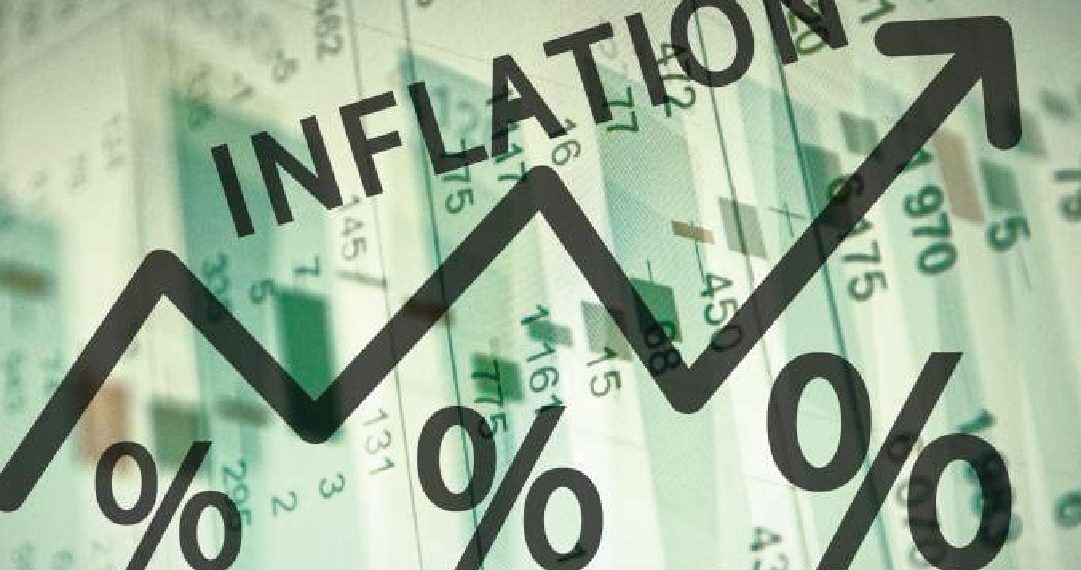In the middle of the worst year-end exchange rate projection, the Nigerian naira recovered some of its lost value on Thursday in the foreign currency markets. The naira fell by almost 11% in 2022, but it is anticipated that the local currency will end 2023 at its lowest point ever.
An examination of a few Broadstreet analysts highlights the prevalent belief that the local currency would conclude the year negatively due to minimal or nonexistent market intervention by the central bank.
Contrary to expectations, the pattern in the parallel market indicates that there has been a spike in demand for the US dollar rather than an inflow of foreign cash due to remittances from Nigerians living abroad.
While demand for imports continues to rise, Nigeria has seen strong and uptight forex scarcity, and the challenge has forced the market to devalue the local currency –official and by forces of demand and supply.
Amidst a bleak outlook for the Naira exchange rate, the Central Bank of Nigeria (CBN) has absconded from participating in the official market to keep an eye on the rate. Weighing this against Nigeria’s strong import appetite, some analysts say a switch away from dirty float would hit the naira front, back and centre in the coming months.
“Who would have thought that the official rate would cross N1,000 ever? A country that produces and sells oil in the international market and with gross external reserves below $33 billion…it’s unexplainable”, a senior economist who prefers not to be mentioned told MarketForces Africa.
At the Nigeria Autonomous Foreign Exchange (NAFEX) market, the Naira showed positive performance against the US dollar, appreciating by 0.39% day-on-day in the official market to close at N901.14 against the greenback. Nigeria Eurobond Slumps after CBN Resumes OMO Auction
In the parallel market, the Naira appreciated by 0.48% day-on-day, closing at N1,234 per greenback, according to a channel check. This has reduced the gap between official and exchange rates as the market reprices the local currency.
In the global commodity market, oil prices exhibited a positive trend, trading above the $70 per barrel mark. Brent Crude was at $76.49 per barrel, while WTI traded at $71.79 per barrel on Thursday. Data from the CBN showed gross external reserves printed at $32.849 billion.
At this level, the nation’s foreign reserves still provide about seven months’ import cover versus international benchmark sets of 3 months.













